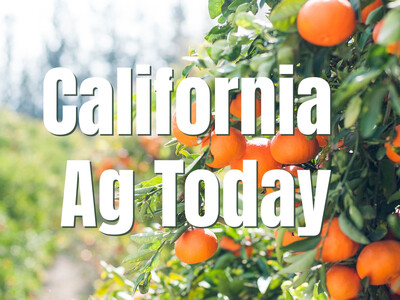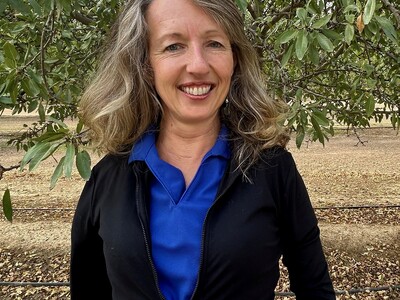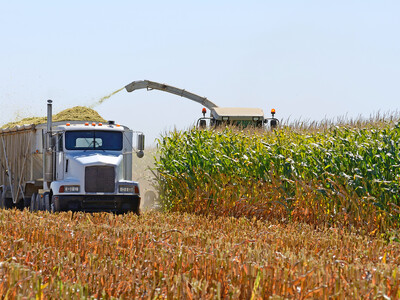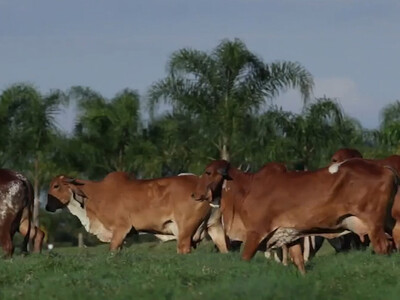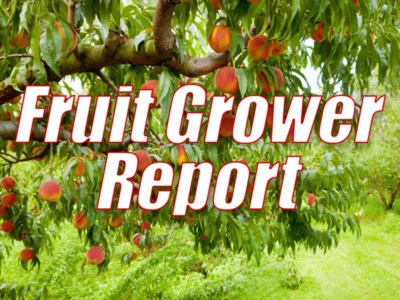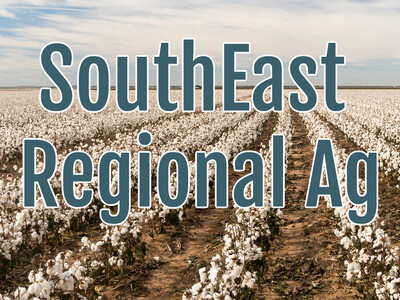Finding the Right Data Collection Tools

Tim Hammerich
News Reporter
There are numerous ways in which a farmer can collect data. Whether it be soil probes, imagery, machinery data, or otherwise, it’s important to understand both the advantages and limitations of data sources. Croptimistic Technology president Cory Willness says his approach is to start with the soil.
Willness… “If you're working with soil-applied products by like soil type maps. I like maps that relate to the soil, water and topography variability out there. I like to see zones that are what I call high and dry. They're all grouped together, areas that have fin top soils and they're watershedding and low organic matter, maybe coarser textures. To me, those are all a zone for, for everything that you would apply in the soil.”
Building on this foundation, Willness sees value in imagery for in-season applications.
Willness… “If it's in-crop related products, I think imagery tools are the best. So whether that's captured with drones or satellite, some type of remote sensing device. If you want to do variable rate on off fungicides or work with desiccants for dry down, or maybe even some top dressing work. You want a good picture of the crop growth at that time where it's high biomass, where it's low biomass.”
Willness added that yield maps can also be beneficial, but sees them more of a report card rather than an instructional way to drive precision applications.




